Posts
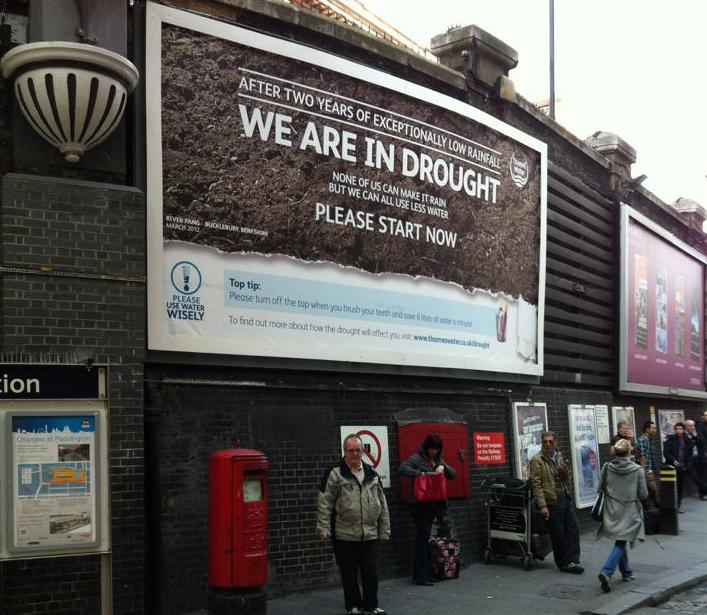
Not So Wet: England Grapples With Worst Drought in 30 Years
3 Comments
/
Dry times in southeastern England are seasoned with the favorite flavors of leaders in the arid American West: drought declarations, water restrictions, a desalination plant, and talk of piping "surplus" water to the south.
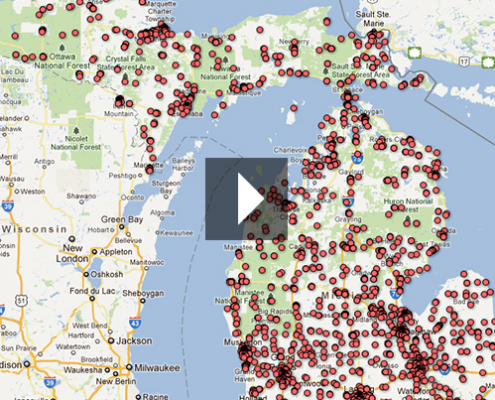
Once A Cleanup Leader, Michigan Struggles With Leaking Fuel
The state's water is at risk from 9,100 leaking underground storage…

Satellite Perspectives: NASA’s GRACE Program Sees Groundwater From Space
A first-of-its-kind space mission shows dips in groundwater supplies…
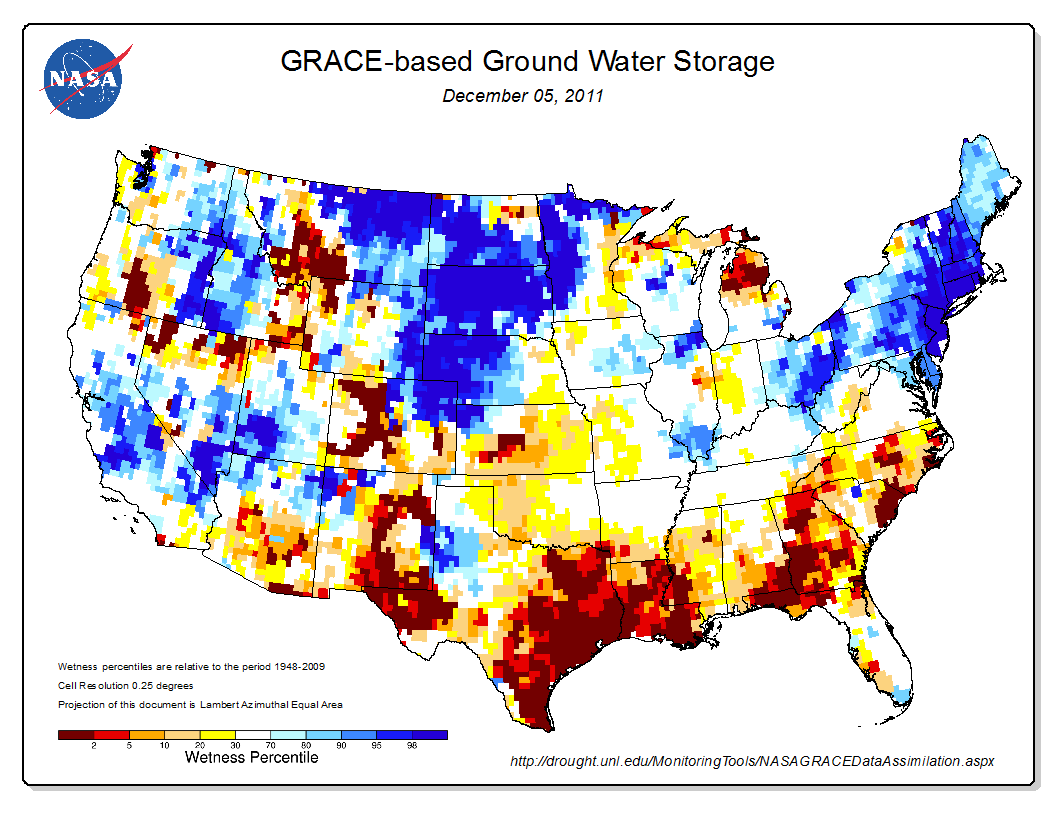
Map: NASA Shows Big Dip in U.S. Groundwater Regionally, Especially Near Texas Drought
Using calculations based on satellite observations and long-term…
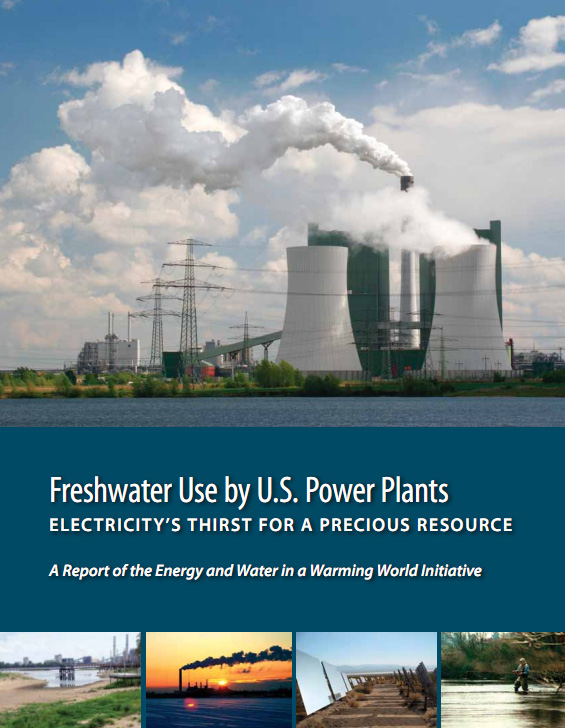
Report: Thirsty Power Plants Increase U.S. Water Stress
Water-energy choke points in Texas serve as examples of a larger issue for the United States, as pointed out in a new report for the Energy and Water in a Warming World Initiative, spearheaded by the Union of Concerned Scientists.
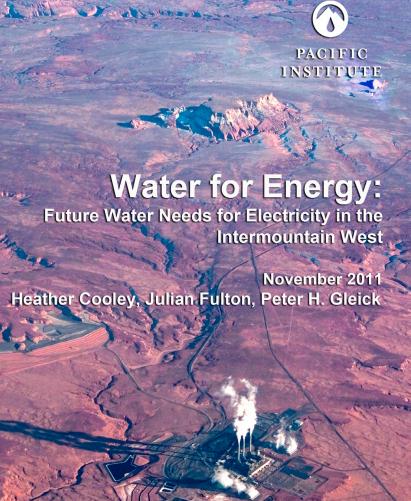
Pacific Institute Report: Setbacks and Solutions of Water-Energy Clash in U.S. Intermountain West
At the forefront of a national trend, this region is already suffering from intense conflicts that willy only worsen with climate change and population growth. However, the report also highlights several ways to dramatically reduce the water requirements for electricity generation.
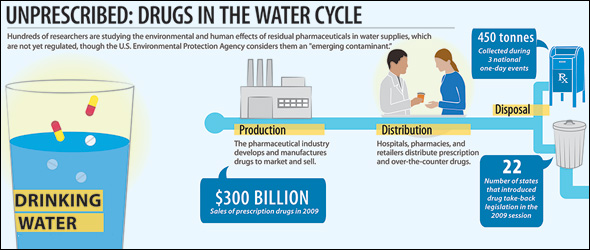
Unprescribed: Legislation to Keep Drugs Out of Water Thwarted by U.S. Pharmaceutical Lobbying
An estimated 10 to 40 percent of prescription and over-the-counter medicines are not used, but how to properly dispose of these drugs depends on who you ask. Since there is no continuous national program, states — and even some cites — are instituting their own regulations, but not without complaints from the pharmaceutical industry.

Report & Conference: Assessing Great Lakes Health and Future — Al Gore Delivers Keynote
In Detroit last week, three organizations involved in Great Lakes management held concurrent and joint meetings to discuss the future of one of the world’s largest sources of fresh surface water. Former Vice President Al Gore delivered the keynote address, linking climate change to water issues.
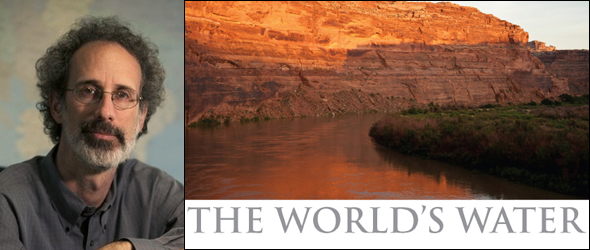
Q&A: Dr. Peter Gleick on The World’s Water Volume 7
Peter Gleick, an internationally recognized water expert, tells Circle of Blue what has changed — and what has not — since the 2009 release of Volume 6. The Pacific Institute's biannual report analyzes how water relates to climate change, corporate interests, and policy reform.
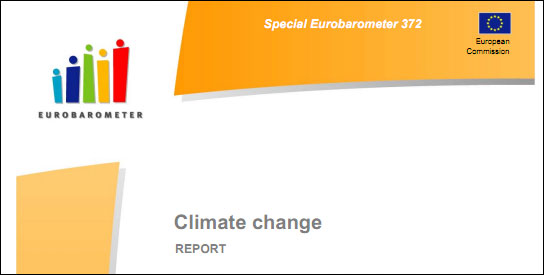
Eurobarometer Survey: Europeans Say Climate Change More Dire Than Economic Situation
Just over half of respondents in the European Union's 27 member…

EIA Report: Global Energy Use To Grow 50 Percent by 2035 — Half of Increase from Fossil Fuels in China and India
The U.S. Energy Information Administration recently published its annual report on global energy projections. Though renewable energy sources and nuclear power, along with unconventional fossil fuels, will phase out coal production over the next two decades, it will not be at the pace necessary to offset greenhouse gas emissions

USGS Report: Trace Elements Exceed Health Standards in 20 Percent of U.S. Water Wells
Utilities are required by law to treat water to national standards, but no such controls exist for private wells, where the risk from contaminants is greater.

